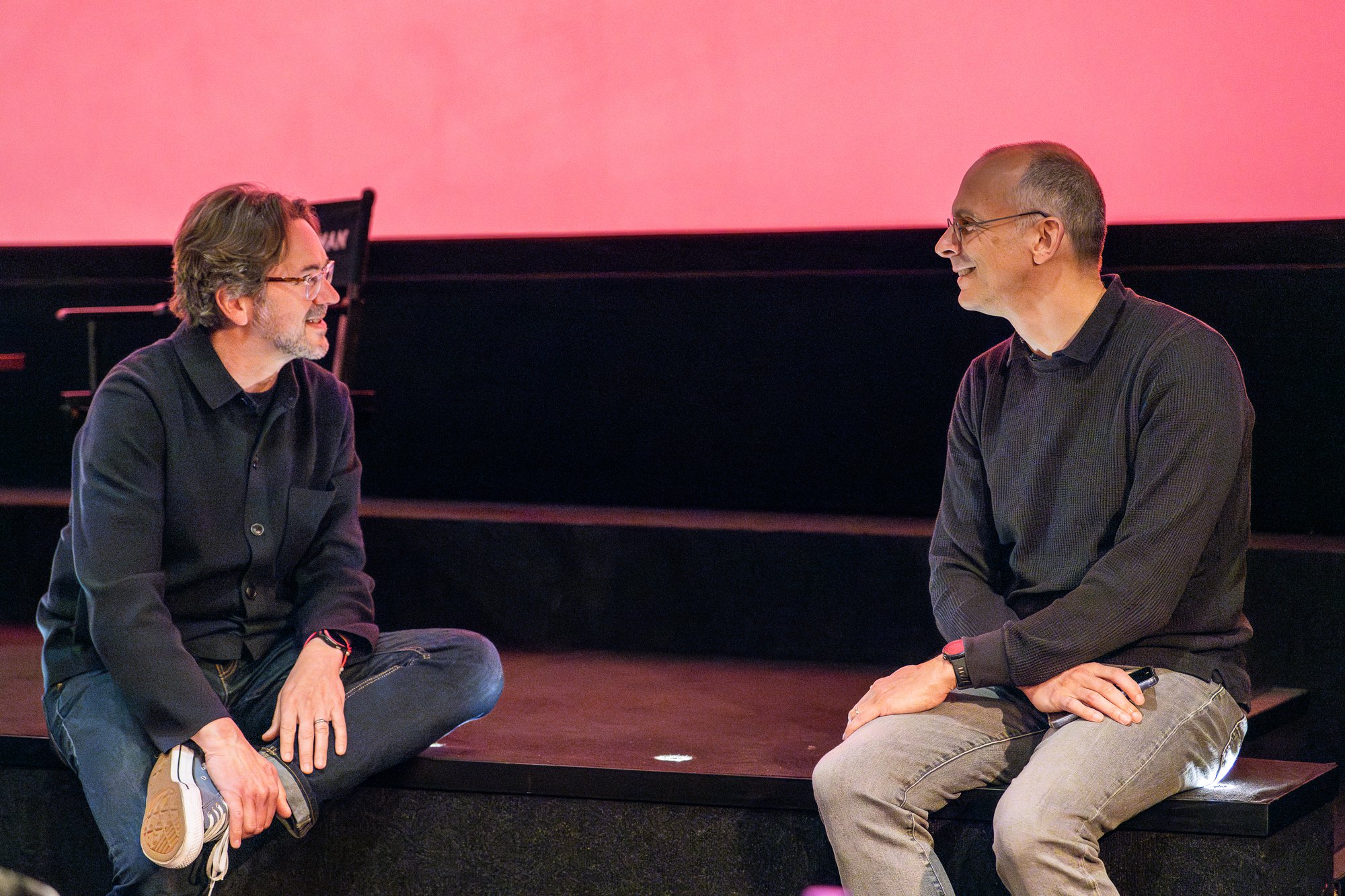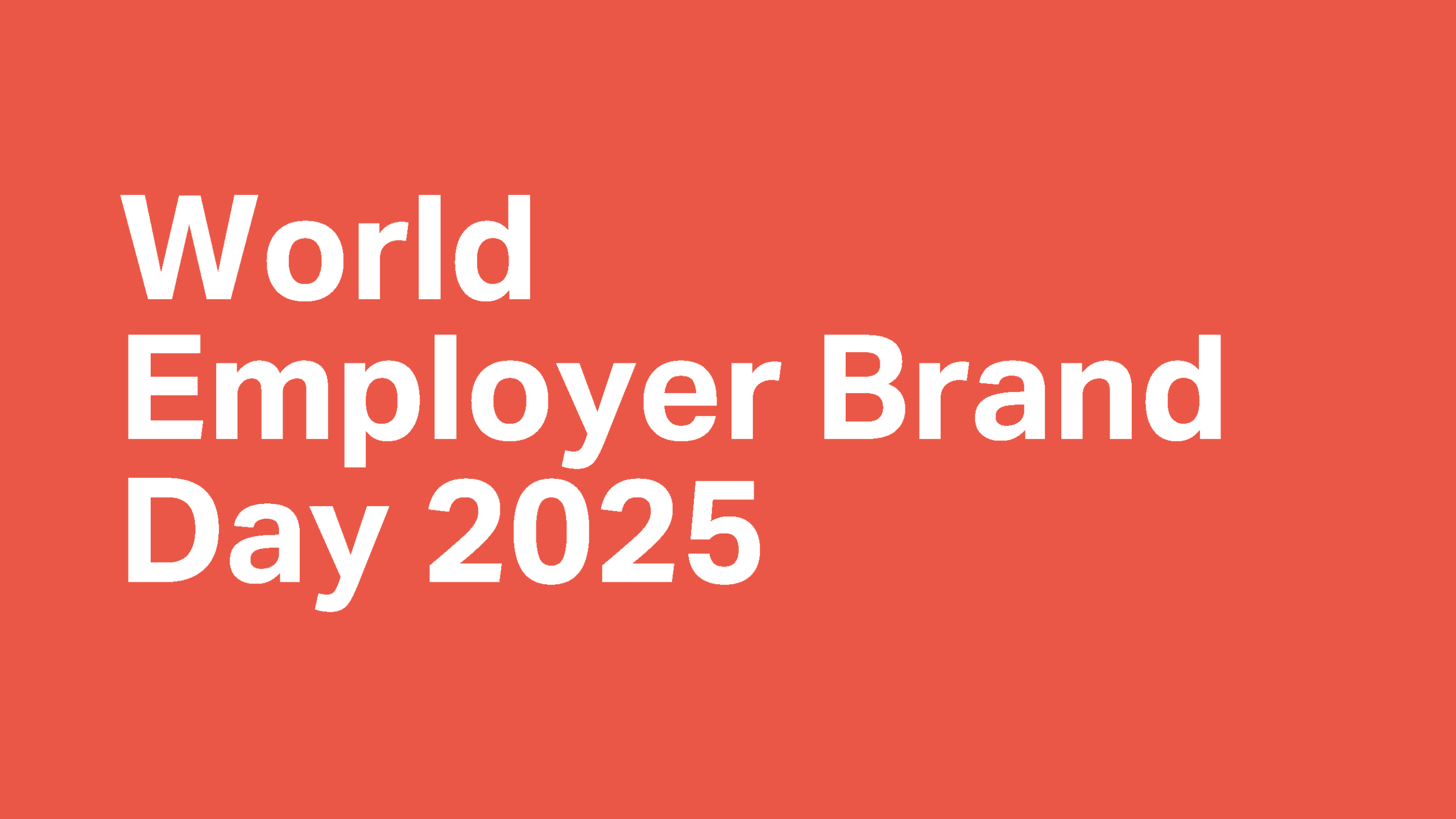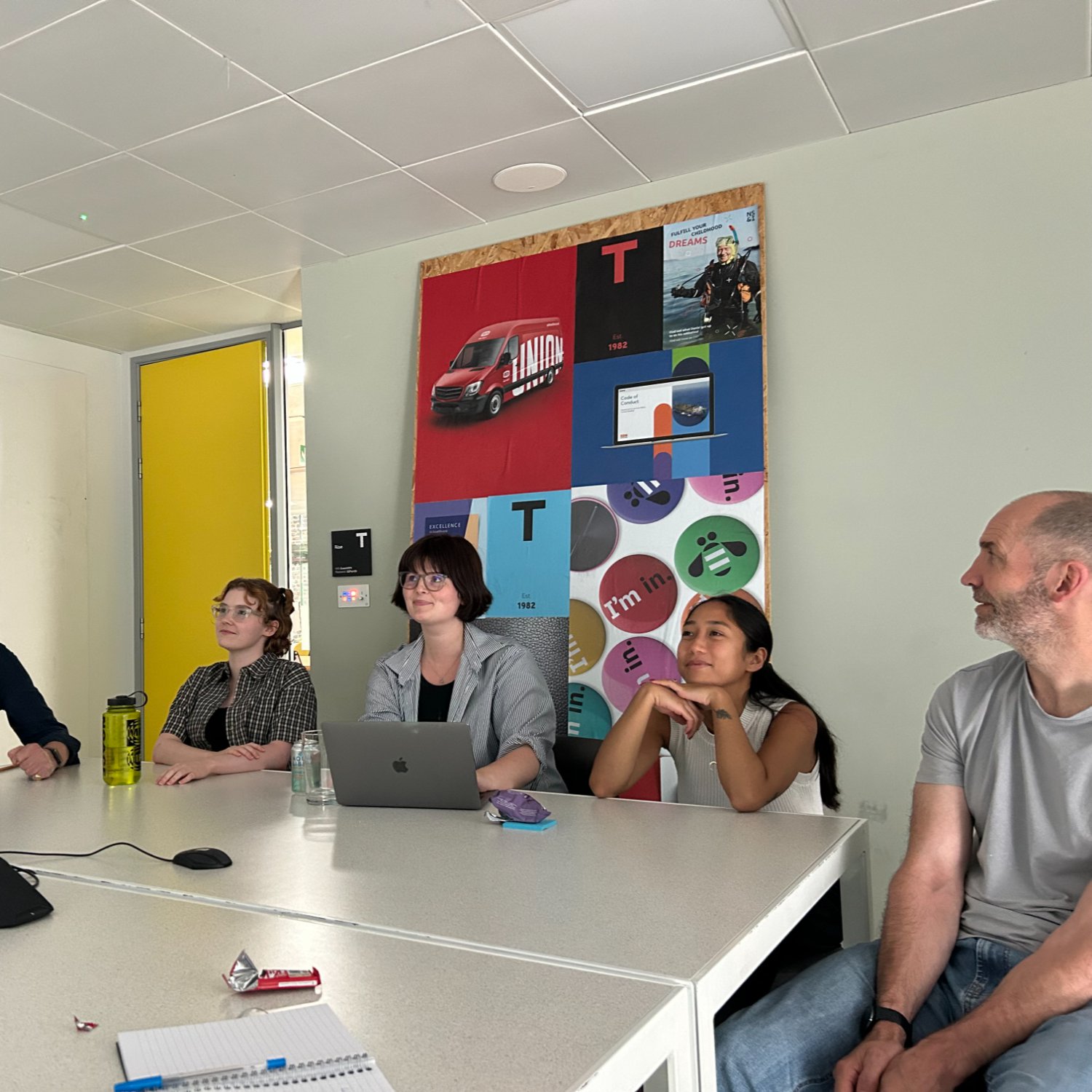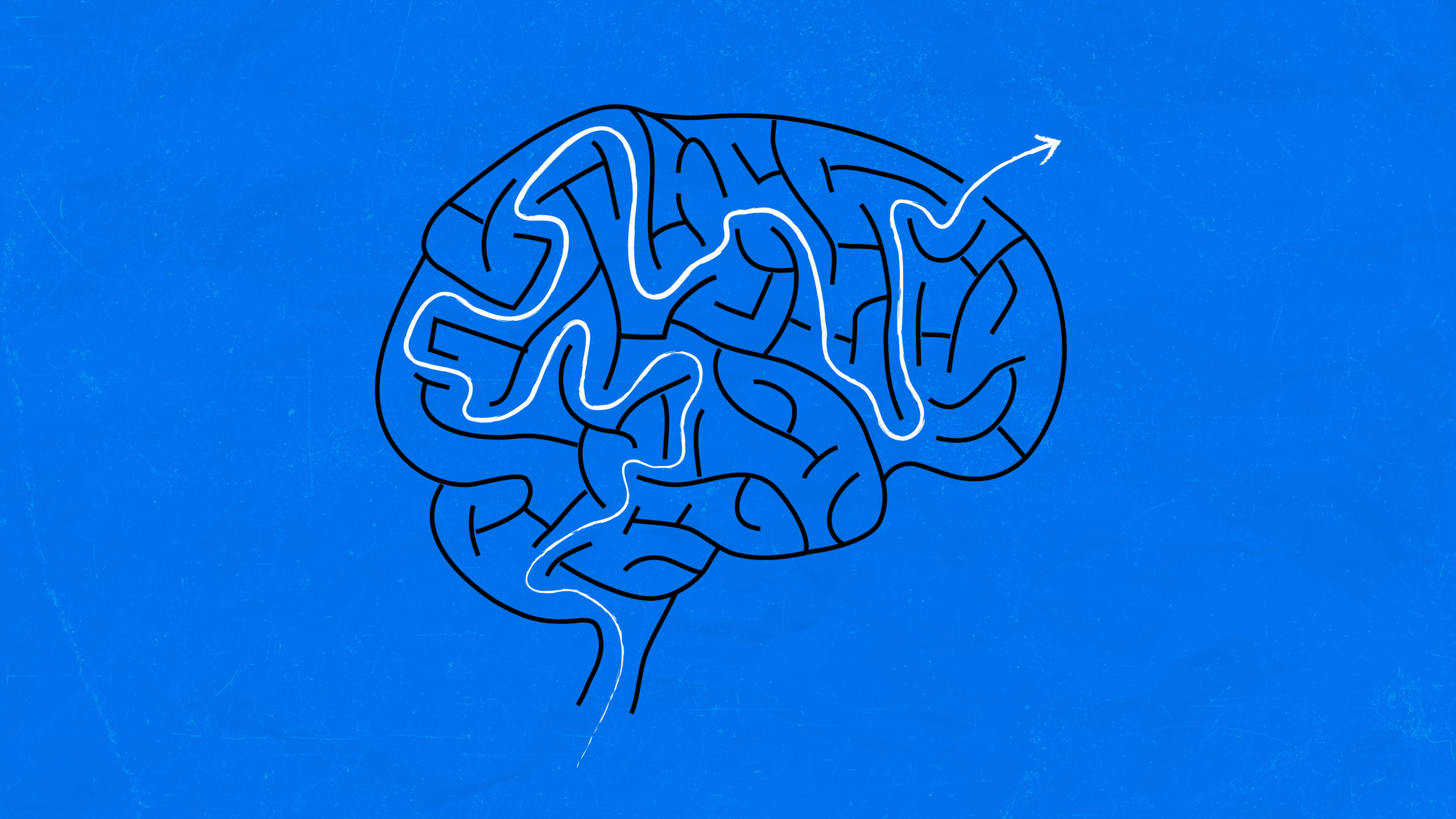The Numbers Your Brand and Business Need To Consider

- Tim Harford: statistics, numbers & the assumption gap
- Fake numbers: real examples
- Belief, cynicism and false claims
- Navigating numbers: Tim Harford’s 3 Cs
- The business call to action
Tim Harford: Statistics, numbers & the assumption gap
Tim Harford is a writer and broadcaster. As journalist at the FT and host of BBC Radio 4’s “More or Less’, he is the nations’ conscience when it comes to numbers and statistics. He spoke to our clients and friends of The Team about what we can do to be better equipped to use data wisely, interrogate the data values and make accurate statistical inference.
Statistical data isn’t always used for the good of customers and employees. Too often, statistics and numbers can be used to dazzle and confuse us.

Fake numbers: real examples
Kellogg’s is a prominent brand in the breakfast cereal business. It’s not alone in having faced federal charges for falsely advertising the benefits of its products. In 2009, it settled a complaint relating to its Frosted Mini-Wheats when it claimed it eating them could improve children’s attentiveness by around 20% compared to those who skipped breakfast.
The claims were exaggerated. The study the adverts referenced showed that only about half of the children surveyed experienced any improvement in attentiveness, and only 11% saw the 20% improvement claimed in the ads.
Red Bull has also settled claims, most noticeably when a customer decided to take them to task over the claim that their drinks ‘gave you wings’. After a decade of drinking Red Bull, and with no perceived improvement Ben Careuthers took Red Bull to court and the drinks giant settled – for $13 million!
And yet there is evidence that Red Bull does give some people wings. But they tend to be athletes already!
So, numbers can be heroes. But only when you look at the small print.
Belief, cynicism and false claims
But sadly, we do live in a cynical age. Politicians know that playing with numbers works to their advantage and can bamboozle the public. If a politician says they’re going to invest another $1billion in the health systems of a country, then that’s a big number. Or is it? How much do we invest in health already? And how much might we be wasting.
We’re using health here as an example, but it could be education, transport infrastructure, or energy. Take your pick.
As Tim told us, “The real problem is that people believe nothing. They don’t believe reputable media sources, they don’t believe the scientists. They don’t believe the judicial system, or maybe more precisely, that people believe things or don’t believe things, but because they’re credulous, or not because they’re corrosively cynical, but because they just don’t want to engage with the facts at all, and they just want to believe what they want to believe.”
And so, Tim provides us with three Cs to help navigate numbers, and frankly, they are a mantra for life, business and relationships!
As we face a future of what feels like more and more unknowns it’s critical, we stay Calm, get Context and be Curious.
Navigating numbers: Tim Harford’s 3 Cs

Calm:
Our emotions can heavily influence the way we think. As our Applied Behavioural Scientist, Mark Hauser has often told clients, people tend not to know the limitations of their knowledge, nor the limitations in their thinking processes. As a result, they’ll often be led by reflexive and emotionally influenced decision-making processes. It is quicker and easier to operate that way, even if it sometimes leads to poor decisions.
As Tim said, “If we are put into a state of fear, or we’re laughing or we’re angry, if we have an emotional reaction, it’s not conducive to thinking clearly. Most claims that we encounter, we encounter in an emotional state, partly because of a lot of us are in an emotional state most of the time, but partly also because we encounter them in advertisement, in a newspaper headline, on social media.”
And that’s the interesting thing about where numbers appear when they confront us. They are often used to tell emotional stories. Ironically, we see numbers when brands and politicians want to arouse an emotional reaction in us…
“Five times as many crimes committed in the last two months!”
(but what if the trend over the last year is downward?)
And all this is fine, but the point Tim makes is that we should notice our emotions. When a number or a claim creates a reaction, once you notice the emotion, then you can start to think clearly about where the claim comes from.
As our Creative Copywriter Venetia Taylor said, “As someone who is not immediately mathematically astute, the idea of statistics is daunting. But as Tim himself stated, he’s not a statistician but an economist come storyteller. His point about being calm helps us to take a careful look at the minefield of misinformation and disinformation, and how to discern fact from fiction when it comes to statistics.”
Context:
Often we get pieces of information which while true, don’t tell the complete picture.
For example, Judges in one part of the USA tend to give harsher sentences to criminals than in another part of the USA. Is this true? Yes. We haven’t just made this up. But, why? Are the judges somehow kinder in one part of the USA and less tolerant in another? Is the sentencing guidance different?
There are so many questions.
In the case of the judges, researchers discovered that sentencing on hot days or in afternoons resulted in longer sentences. And the simple truth? It’s hotter in some parts of the USA than others and people, well they get more tired more quickly and their tolerance levels suffer.

Context is everything
As Tim Harford explains, “When we’re given a piece of information, we just assume that’s all the information we have. But context is important. Context is “okay, you’ve given me this information, but what other information is out there?” Context could also be, well, what do you mean when you say x?”
As our Senior Designer, Laura Ring underlines this point and takes it into the world of creativity, “you need to think outside the parameters of the information that is in front of you. What else could inform thoughts around the subject if you were to have additional context?” A prime example is Laura’s recent work on a refreshed brand identity for SWIP (the Senior Women in Policing network.)
“The information we were given was clear,” says Laura. “This was a women’s network. It was to exist in the world of policing. All the colour psychology points to greens, blues and purples as colours which resonate. But what we learned through our questioning was context: the need to advance careers; the opportunity to be bold and to improve policing outcomes for everyone by helping women to help one another grow in their careers. This led us to a whole new set of conclusions. It’s context like this than can be gleaned from data. Knowing your audience aspect is key!”
How to explore context
When faced with claims in numbers, start asking the opposite questions.
Tim used the Frosted Mini-Wheats example we shared above: “That claim that children paid more attention, or their attentiveness went up by 20% after eating their breakfast. I think a natural question is, is that true? But another natural question is, “What?” What does that even mean? What does it when you say, ‘the attentiveness of the children went up by 20%.’ You have to ask what is a 20% increase in attentiveness. Does that means the attentiveness was 50, and it went to 60. And what is 50% attentiveness? What even is attentiveness? How were children more attentive? Which children were inattentive, and why? Start asking the opposite questions to the supposed truth you are being handed and use that to investigate.”
“Start asking the opposite questions to the supposed truth you are being handed and use that to investigate.”
As Venetia Taylor told me, “A key takeaway and something I will tell others, is when a stat pops up on Instagram or wherever it may be, always ask yourself: What’s missing? This is a great way to reposition the way we think. It teaches us to interrogate information and think laterally. And it can be applied to everything, not just statistics.”

Curiosity
Tim’s last ‘C’ – be curious about the world around you. Obvious, we know. But it’s not a modus operandi that we are used to. As our Brand Activation Director and Behavioural Science champion Sally Tarbit tells us:
“human beings are prone to heuristics (mental short cuts) and biases, so whilst curiosity is powerful, it’s something we need to combine with critical thinking and consideration to deliver the best outcome. Two that come to mind are the curiosity effect, which is the tendency for curiosity to override caution, making people more susceptible to clicking on deceptive links, engaging in risky behaviours, or making poor decisions due to a desire to explore or learn something new. And the affect heuristic, which describes how people make decisions based on their emotional reactions to a situation, rather than a full analysis of the facts. Curiosity can be a strong emotional driver that triggers this heuristic.”
As Tim explained, “Very often we’re operating in a persuasion mode. We’re trying to win an argument. We’re trying to convince somebody of something that’s perfectly legitimate. I think if that is the only mode in which we use statistics is to win arguments. But statistics and data are an amazing way to understand the world around us. There are patterns that we cannot detect, there are truths that we might miss without statistics.”
But curiosity is different to doubt

It’s a good thing to be sceptical but don’t let that turn into toxic cynicism. Curiosity is about letting the data inspire new questions. Because the more we ask – the more stones we look under and doors we open – the more discoveries we make.
Our Employee Engagement consultant, Jennifer Robinson is a strong proponent for curiosity in the workplace, “Communications professionals can bring curiosity to life, and for me it comes back to inclusive workplaces and the leadership required to make that happen. Businesses won’t survive in an echo chamber of ideas and thinking so helping different minds thrive and input is win-win
As Laura Ring notes – “ A lesson to be curious and think outside the parameters of the information in front of you… what else could inform thoughts around the subject if you were to have additional context?”
The business call to action

Our Client Director, Ciara Rollings captured the essence of what Tim teaches perfectly, “he started his talk, with an example of how the number of storks correlates with the number of babies born in a country. It was jovial, and a simple demonstration of how statistics can be misused. Correlation doesn’t imply causation, but the idea of a causal fork was new to me. We owe it to clients, to customers, and to citizens to champion and use numbers correctly.”
Too many people feel completely disempowered by numbers. They feel they don’t understand how numbers work. And if they don’t understand numbers then there is a very real risk that they will just believe what they want to believe. That’s a dangerous place for any of us to be.
- We as communicators owe it to people to use numbers wisely and to help people fall in love with numbers.
- We owe it to shareholders to help them see the power of numbers and how they can be used to better understand people and what they really need.
- We owe it to employees to help them get excited by numbers and how they can help them explore more and develop solutions that work and help advance their careers.
As our Managing Director, Kevin MacKenzie says, “The more examples you give people of numbers being used to tell lies, the more they will think that it’s all lies.”
Our job is to use numbers to show both sides of an argument.
We need to show clients how numbers will help them navigate a path and not use numbers as a way to manufacture a truth.




